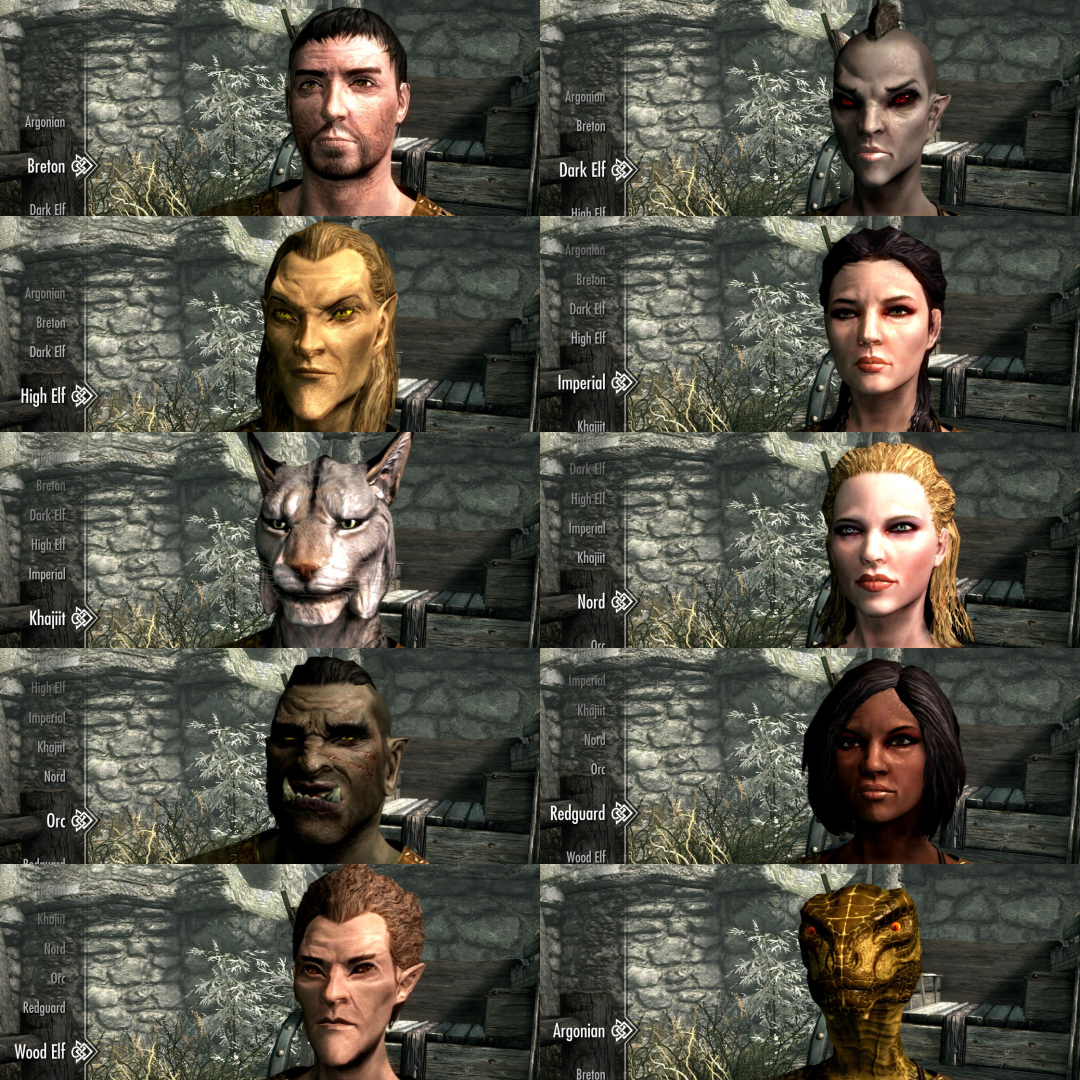Module 8: Critical Play and Crip Game Design
8.4 Analyzing a Game
Think of a game you have played recently (any game, it does not have to be a videogame). Write down (even just a few words for each point) the following:
- In what ways, if any, was the game inclusive or accessible in its narrative, characters, or forms of play?
- In what ways was the game inaccessible in its narrative, characters, or forms of play?
- Did it have any problems with representation in its design or story? How?
Keep this list, as we will revisit and build upon it later in this module.
Take a few minutes to ask yourself how these narratives contribute to a need for us to consider modes of critical play.
- Why do we need to, as Flanagan (2009) says, “create or occupy play environments and activities that represent one or more questions about aspects of human life” (p. 6)?
- Why do we need to subvert and diversify games to be more inclusive?
Reflect on who is excluded from these games and what types of normative, oppressive understandings of gender, race, and disability they may perpetuate.
One example is Bethesda’s popular videogame The Elder Scrolls IV: Oblivion (2006). At the start of the game, the player must create their avatar, the character they will play through the game as. Part of the character creation process is choosing one of many fictional races; Orc, Elf (high, dark, and wood), Argonian, Khajiit, and a few variations of Humans (Nord, Imperial, Breton, and Redguard).

Similar to Jerreat-Poole’s (2018) point in their article “Mad/Crip Games and Play: An Introduction” that D&D campaigns present “racist and ableist racial essentialisms—like the -2 intelligence for Orcs, which reproduces the legacy of white supremacy,” the character strengths/weaknesses in Oblivion are tied to historically racist, white supremacist views. Among the human races, Imperial and Breton (white characters) have higher intelligence and personality, while Redguards (the only people of colour in the game) have higher strength and endurance with low personality and intelligence ratings.
Through a framework of critical play, we can interrogate what this otherwise uninterrogated character creation menu means. We can think critically about the values represented by these games and design choices as being reflective of social values and norms. This critical play further highlights the need to have more diversity and accessibility in game creation. As Jerreat-Poole (2018) argues,
Access doesn’t start and end with the player: we need more designers, artists, writers, and programmers with disabilities represented at all levels of the gaming industry. We need accurate and respectful portrayals of Mad and crip folx crafted by people with disabilities.
Think about how this quote, calling for creators with disabilities, differs from the following reflection from Mark Brown and Sky LaRell Anderson’s (2021) article “Designing for Disability: Evaluating the State of Accessibility Design in Video Games,”
Game developers would benefit from hiring an accessibility consultant, an increasingly common practice in the games industry, or at least turn to players with various disabilities to playtest games to notice missteps that normative designers would not notice. (p. 713)
While having a consultant or having player input is certainly a step towards a critical play framework, this practice does not necessarily challenge the stereotypes of normative, inaccessible, and problematic game design. Designing for critical play challenges these stereotypes, asks why they exist, how they can be changed, and how diversity, accessibility, and inclusion can become a central part of the game design process.



